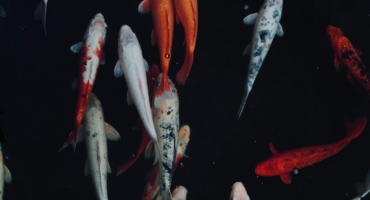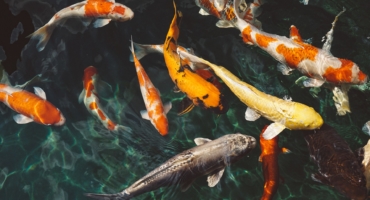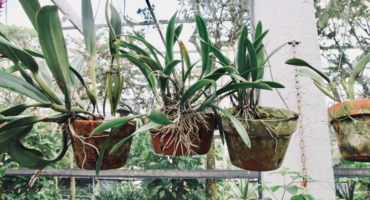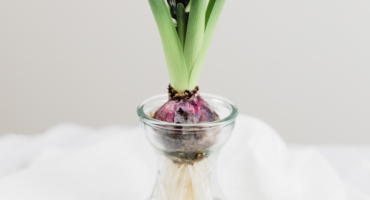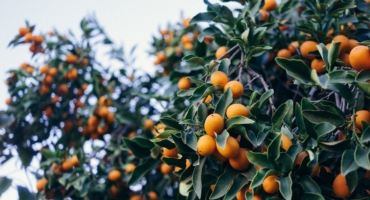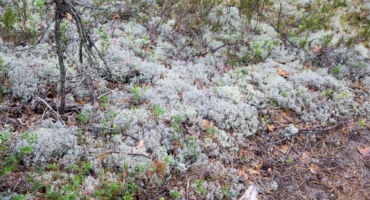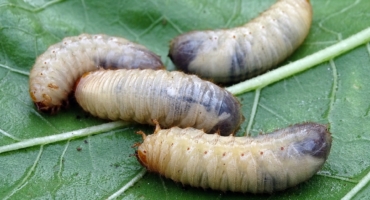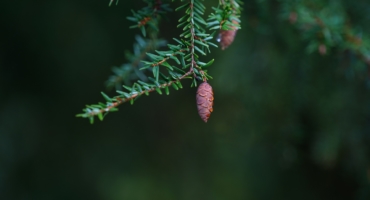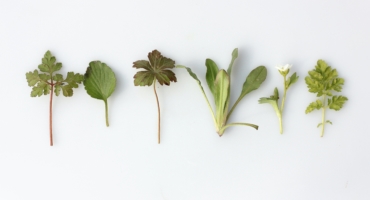Feeding Fish
In a large, well-established pool that is amply stocked with plants, there should be little need for supplementary fish feeding. In smaller pools, however, it is important to provide extra food. Skipping feeding for a day or two is alright with a small pool, but make arrangements for a friend or neighbor to do it […]
